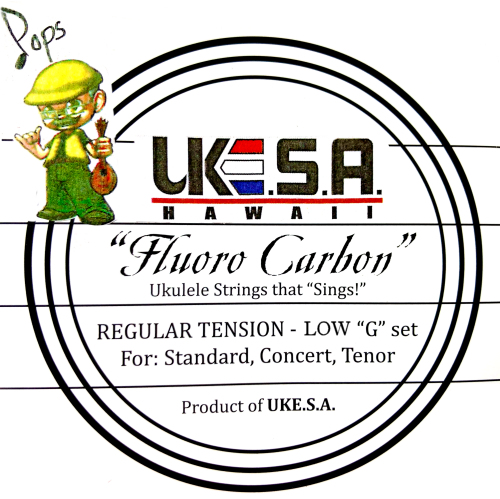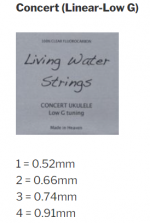Hello everyone - I have several ukuleles tuned in fifths tuning. I’ve been using the Aquila 31U (CGDA). Of course these are linear tuned, and after tuning one of my standard reentrant tuned concerts down to a reentrant fifths tuned CGDA (yes, quite floppy strings tuned down that low for the G and C strings), I very much liked the reentrant vibe in fifths.
It was recommended here (thanks Jim Hanks) to just use a standard low G string set and reverse the C and G strings, tune the E down a step to D, resulting in a reentrant CGDA. This brings me to the purpose of this thread. I am looking for non-wound recommendations for a thinner diameter low G. I am wanting to keep this reentrant attempt to use all non-wound strings, but am trying to not have a G that is so much larger in diameter than the others. Also trying to avoid the tubiness of a larger diameter non-wound string. Any recommendations? It can be a complete set, or just a single string. Anyone? Thanks!
It was recommended here (thanks Jim Hanks) to just use a standard low G string set and reverse the C and G strings, tune the E down a step to D, resulting in a reentrant CGDA. This brings me to the purpose of this thread. I am looking for non-wound recommendations for a thinner diameter low G. I am wanting to keep this reentrant attempt to use all non-wound strings, but am trying to not have a G that is so much larger in diameter than the others. Also trying to avoid the tubiness of a larger diameter non-wound string. Any recommendations? It can be a complete set, or just a single string. Anyone? Thanks!



